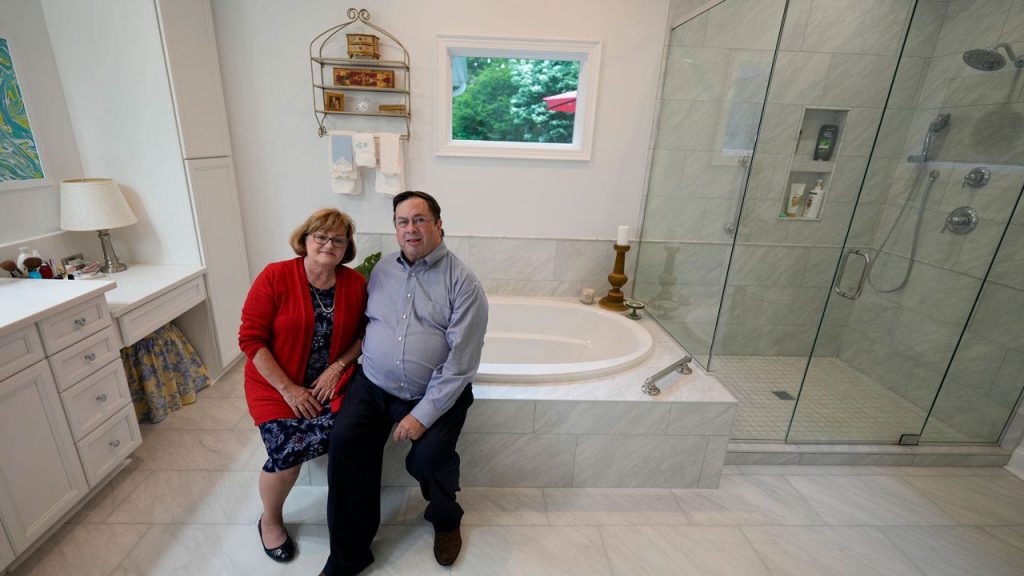With aging in place becoming increasingly popular, it is important for individuals to make modifications to their homes to ensure safety and accessibility. The National Institute on Aging and AARP have provided a room-by-room guide with practical suggestions for older adults living independently. Starting at the entrance way, it is recommended to have step-free access through at least one exterior doorway, or consider installing a ramp. Adding a bench in the foyer can be helpful for sitting while removing shoes or setting down items while locking or unlocking the door.
In the bathroom, it is advised to install a walk-in shower with a bench and nonskid decals or mats to prevent falls. Adding a hand-held nozzle to the shower head can facilitate rinsing off while seated, and grab bars should be installed on the shower wall and near the toilet. Other suggestions include a taller toilet or toilet riser, and plugging in a nightlight for added visibility. In the bedroom, individuals can create a main level sleeping area if the stairs are too difficult to manage. It is important to ensure the bed is easy to get in and out of, and consider investing in an adjustable bed for extra comfort.
In the kitchen, safety features such as automatic shut-offs on stoves are recommended, as well as relocating major appliances to make them easier to reach. Adding slide-out drawers or trays to cabinets can improve access, and installing a lever-style, light-touch or sensor faucet can make washing up easier. When it comes to furniture and rugs, it is advised to get rid of clutter to ease movement around rooms. Chairs with armrests can make standing and sitting easier, and sharp corners on furniture should be avoided to prevent injuries. Cords should be hidden out of pathways, and area rugs should be secured to the floor with nonslip mats or tape.
Overall, making these modifications in the home can help older adults maintain independence and safety while aging in place. By following the recommendations provided by the National Institute on Aging and AARP, individuals can create an environment that is conducive to their needs and promotes a higher quality of life. Investing in these changes can have a positive impact on daily living and help individuals remain in their homes for as long as possible.


